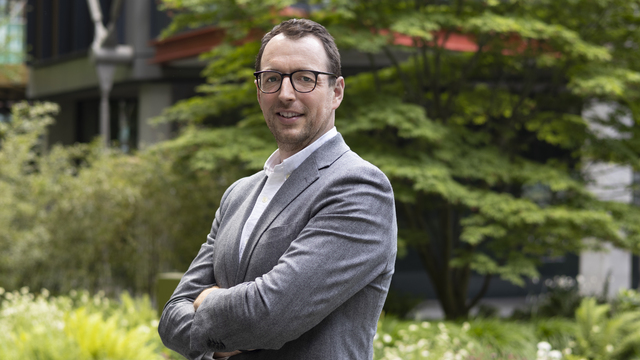The demand for petrol stations, student housing, elderly care homes and self-storage units is attracting investors who like steady, non-cyclical income. But are these markets cooling?
In their quest for property, investors are turning increasingly to alternative assets. The alternative real estate market, however, is very fragmented and ranges from petrol stations to care homes. And some think that the market is past its prime.
Although risks and rewards come with investing in all of these, it all comes down to the viability of the business line and the ability of the tenant to pay rent. Leases on alternative assets tend to be rather long, with the exception of student homes, for which various lease structures are on offer.
Despite the stability of the rent, some would question whether the model of the UK’s strong alternative asset market can be applied in continental Europe. And the financial climate caused by the US subprime crisis, is such that European banks may be reluctant to lend.
Moreover, as Laurence Hayes, head of capital markets advisory at DTZ, points out, some UK investors do not want to compound their risk by investing in Europe. Instead, they are choosing to remain in the domestic market that they understand.
Yet the opportunities are there. For example, given the aging population of the UK and continental Europe, the demand for care and retirement homes will continue to attract investors.
Philip Cropper, executive director of real estate finance at CBRE, believes that the rationale behind investing in care and retirement homes is monetising the revenue from the operational business into rent.
“Generally, the underlying business in the care homes sector is good and an element of the income is coming from local authorities or the government,” he says.
In the past, retirement homes and student accommodation were owned by the operator – or, in the case of student halls, the university. As property prices have risen, care home operators and universities have sought to capitalise on the increased value of their land.
Neither of these assets is affected by economic cycles nor do they follow those of the residential property market. Instead, they offer fairly stable returns, which attract institutional investors and pension funds.
However, the market for alternative real estate may be past its prime. Many investors are becoming nervous about how easy it will be for them to relet or find alternative uses for the assets in case tenants default.
A return to conventional real estate?
“The commercial property investment market is cooling,” says David Mayes, investment partner at Drivers Jonas. “A lot of people have been driven into alternative real estate because they have not been able to find suitable conventional assets. However, I think that the wind will come out of the alternative assets market and that people who do want good returns will return to conventional real estate.”
CBRE’s Cropper adds: “In choosing the yield to pay, investors will be looking at not just the quality of the property but also the strength of the tenant, and sustainability of the business.”
Ultimately, the question remains whether the cost of borrowing relative to the returns on such properties will be too high. Although Cropper believes that there is still a lot of capital to be invested in real estate, just where alternative assets fit in the risk profile will depend on any re-pricing that takes place, he says.










